With the way uterine fibroid is common now among women of reproductive age all over the world and most especially among black women, it is really important for everyone to be educated about what causes it, what the signs and symptoms are, what the side effects of having fibroid could be and the several options of the treatments available to take care of fibroids with their pros and cons.
It has been reported that 3/4 out of every 5 black woman has fibroid. This sounds scary to the extent that if you have not even been currently diagnosed of uterine fibroid, you may be getting scared or even be looking at the other woman beside you, at home or in your office, to be having fibroid.
The statistics is actually very real! We can confirm it as well as 7 out of every 10 women that have approached us for solution to fertility-related issues are having fibroid and this we have recorded for almost 5 years of operation now at Plan B Wellness.
However, before you start getting scared unnecessarily, some of these uterine fibroid cases are just there and may not affect anything. So, they remain unnoticed. While in some cases, fibroids may become so problematic that they cause miscarriages, sperm leakages, pains, excessive bleeding and even infertility in some women.
This is why it is important that you are aware of what fibroids are, how to know if you have them and what to do if you are diagnosed of them.
SO, WHAT ARE UTERINE FIBROIDS?

Uterine fibroids are non-cancerous tumours that grow from the muscle layers of the womb. These (benign) growths of smooth muscle can vary from the size of a bean to being as large as a melon. Fibroids are also known as leiomyomas and myomas.
Fibroids affect around 30% of all women by the age of 35years, and from 20 to 80% by the age of 50years. They usually develop between the ages of 16 to 50years. These are the reproductive years during which oestrogen levels are higher in women.
Types of Uterine Fibroids

- Subserosal fibroids are located beneath the serosa (the lining membrane on the outside of the uterus). These often appear localized on the outside surface of the uterus or may be attached to the outside surface by a pedicle.
- Submucosal (submucous) fibroids are located inside the uterine cavity beneath the inner lining of the uterus.
- Intramural fibroids are located within the muscular wall of the uterus.
- Pedunculated fibroids grow on a stalk of tissue known as a pedical (like a mushroom), extending either inside the cavity of the uterus or outside the uterus from its outer surface.
CAUSES OF UTERINE FIBROIDS
It remains unclear medically exactly what causes uterine fibroids. Researches have shown that they may be related to oestrogen levels.
During the reproductive years of a woman, oestrogen and progesterone levels are higher. When oestrogen levels are high, especially during pregnancy, fibroids tend to swell and grow bigger. They are also more likely to develop when a woman is taking birth control pills that contain oestrogen.
Low oestrogen levels can cause fibroids to shrink, such as during and after menopause.
Genetic and hereditary factors are also thought to impact the development of fibroids. Having a close relative with fibroids increases the chance of developing them. There is also evidence that red meat, alcohol, and caffeine could increase the risk of fibroids.
Being overweight or obese increases the risk of fibroids. Childbearing lowers the risk of developing fibroids. The risk reduces each time a woman gives birth.
SYMPTOMS OF UTERINE FIBROIDS

Most of the time, uterine fibroids do not cause symptoms or problems, and a woman with a fibroid is usually unaware of its presence.
However, abnormal uterine bleeding is the most common symptom of a fibroid. If the fibroids are near the uterine lining, or interfere with the blood flow to the lining, they can cause heavy periods, painful periods, prolonged periods or spotting between menses.
Women with excessive bleeding due to fibroids may develop iron deficiency anaemia. Uterine fibroids that are degenerating can sometimes cause severe, localised pain.
Fibroids can also cause a number of symptoms depending on their size, location within the uterus, and how close they are to adjacent pelvic organs. Large fibroids can cause:
- pressure,
- pelvic pain, including pain during sex,
- pressure on the bladder with frequent or even obstructed urination, and
- pressure on the rectum with painful or difficult defecation.
While fibroids do not interfere with ovulation, some studies suggest that they may impair fertility and lead to poorer pregnancy outcomes. In particular, submucosal fibroids that deform the inner uterine cavity are most strongly associated with decreases in fertility in women. Occasionally, fibroids are the cause of recurrent miscarriages. If they are not treated in these cases, the woman may not be able to sustain a pregnancy.
Other symptoms of fibroid include;
- lower backache or leg pain
- constipation
- discomfort in the lower abdomen, especially in the case of large fibroids
SOLUTIONS AVAILABLE TO TREAT UTERINE FIBROID
There are many ways of managing uterine fibroids. Surgical methods are the most common options when treatment is necessary. Possible surgical interventions include hysterectomy, or removal of the uterus (and the fibroids with it). Another one is Myomectomy which is the selective removal of just the fibroids within the uterus. Myomectomy can be done through a hysteroscope, laparoscope or with the standard open incision on the abdominal wall.
The side effects of these options have forced so many women to start thinking of other less-invasive and safer alternatives to treating fibroid naturally. Another issue is the case of fibroid regrowth even after the surgery and we have had cases of some women who approached us and reported cases of having done surgery once, twice and even thrice in some cases and the uterine fibroids still continue to regrow and most regrettably coupled with some side effects and infertility.
If you do not believe this, see mails some people sent to us below about their experiences with fibroid surgeries;

Below is another one;

Natural Remedy for Uterine Fibroid
Due to the development and improved researches on natural remedies and wellness solutions, there have been good works done in this area. So, a lot of the herbal remedies currently available for uterine fibroids are still craps as some of them even cause more troubles for the users than helping them. We also have cases like this that people have shared with us. Wasting their time and spending a lot of money on therapies with no result to show for it.
However, there are still some of the natural remedies that are highly effective for uterine fibroid and one we have used for over 4 years now successfully to help fibroid sufferers is the Fibroid Remedy Kit.
See what women who have used the Fibroid Remedy Kit have to say about it below;

Below is another one;

Click here to see more fibroid testimonies with scan reports before and after using the Fibroid Remedy kit.
The Fibroid Remedy kit contains highly potent herbal medicines, recipes, herbs, dietary/lifestyle changes education and so on that work together to help you shrink your uterine fibroids naturally and other herbal products for fertility cleansing and improvement without tampering with your reproductive system or the general health. This is not one of those local concoctions that affect the liver or kidney. This is a well researched and potent natural remedy approach that does not fail no matter the size of the fibroid or for how long it’s been there.
If you have gained anything from reading this article, do not hesitate to share it with other women that will benefit from it too.
Use the comment box below to send us your questions, feedback and topics you will like us to write about.
Stay Healthy And Never Give Up!
Plan B Wellness
Email – consult@www.planbwellness.com
Twitter – @planbwellness
Instagram – @planbwellness

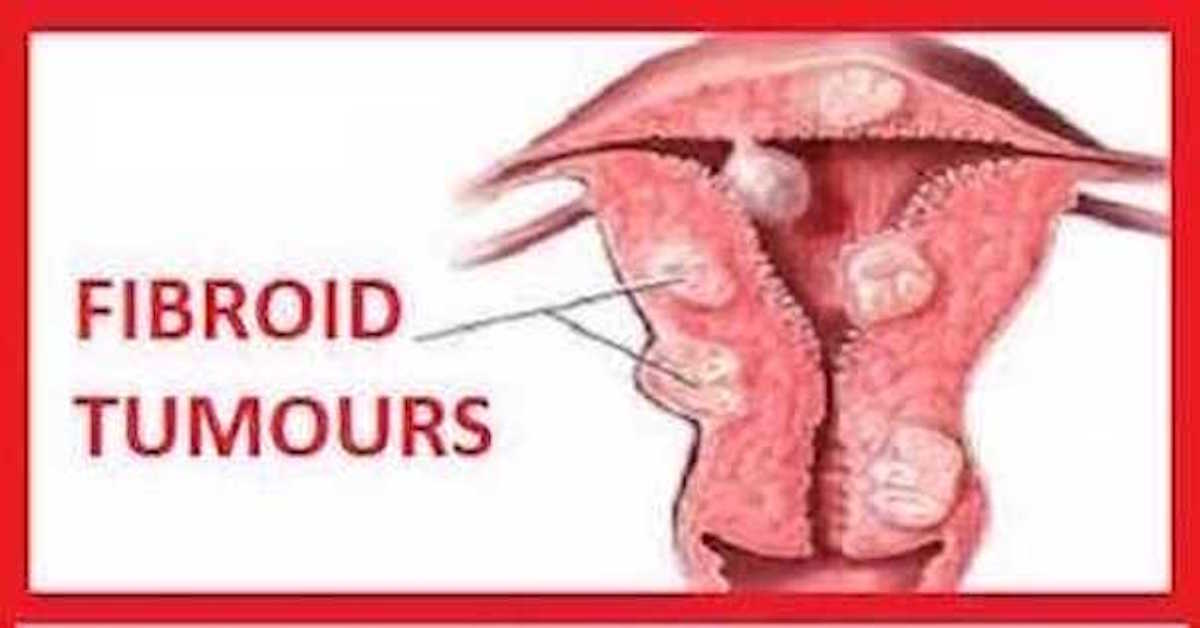

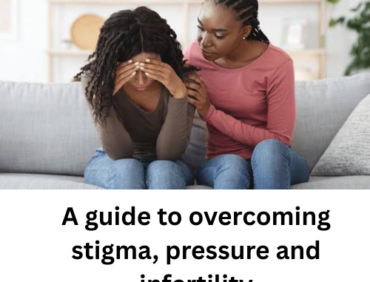
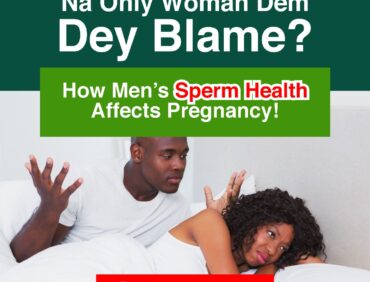
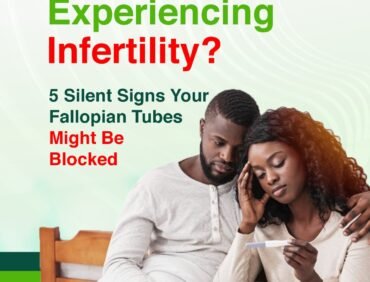
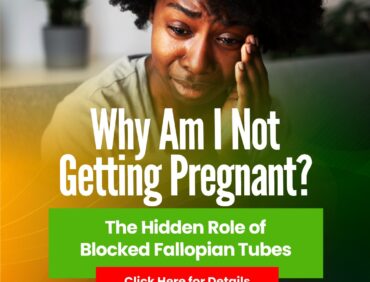
Kindly help me on how I can get this kit
Hello Comfort,
Thanks for your interest on our Fibroid Remedy Kit.
To get the Kit, kindly visit http://www.planbwellness.com/fibroid and the page will open to where you have all the details about the Fibroid Remedy Kit including the procedure to make an order.
Do let us know if you need any further clarification after going through the information on the page.
Regards
Plan B Wellness
How can I get the kit,thanks
Hello Nneoma,
To get the Kit, kindly visit https://www.planbwellness.com/fibroid and the page will open to where you have all the details about the Fibroid Remedy Kit including the procedure to make an order.
Do let us know if you need any further clarification after going through the information on the page.
Regards
Plan B Wellness
How and where can I get this?
Hello carols,
To get the Kit, kindly visit https://www.planbwellness.com/fibroid and the page will open to where you have all the details about the Fibroid Remedy Kit including and how to get it.
Do let us know if you need any further clarification after going through the information on the page.
Regards
Plan B Wellness
I did fibroid embolization. Unfortunately I can’t conceive. Any solution
Hello Isabella,
Have you done any medical findings on why you can’t conceive after the procedure?
We need to have enough details about the situation before we will know the solution to offer you.
You can send an email to consult@www.planbwellness.com and someone from our medical team will be available to attend to you.
Thanks
Plan B Wellness
Plan b do u ve a branch in Uganda. Coz I need yo kit
Hello Winnie,
We do send our Kits to Uganda only by DHL.
Thanks
Plan B Wellness
U talked about home remedies we can make. Share with me
Share the home made remedies pls
How can I get the home remedies to shrink fibroid and the kits is it supplements,? if yes what is the name of the products. Because I have taken for ever supplement which they called fibroid kits but still
Somebody was advertising fibroid kits that works wonders no matter the size of fibroid, I ordered for it to my surprise it’s for ever supplement and I asked while she didn’t tell me it’s forever products she said I should use it to testify and after using it no changes she said I have to use another pack. Which I’m not ready. So hope yours is not like that thanks
Dear Linda,
Thanks for contacting us.
We list the herbal product and herbs we use for our fibroid treatment on http://www.planbwellness.com/fibroid and what you see is what you get. What we offer are not food supplement from any network marketing company but herbs that are formulated by our in-house natural health and wellness experts.
Thanks
[…] Uterine fibroid affects up to one in every five women of childbearing age. Though the prospect of getting one may raise alarm bells, the truth is that they are usually safe. […]
[…] Uterine fibroid affects up to one in every five women of childbearing age. Though the prospect of getting one may raise alarm bells, the truth is that they are usually safe. […]